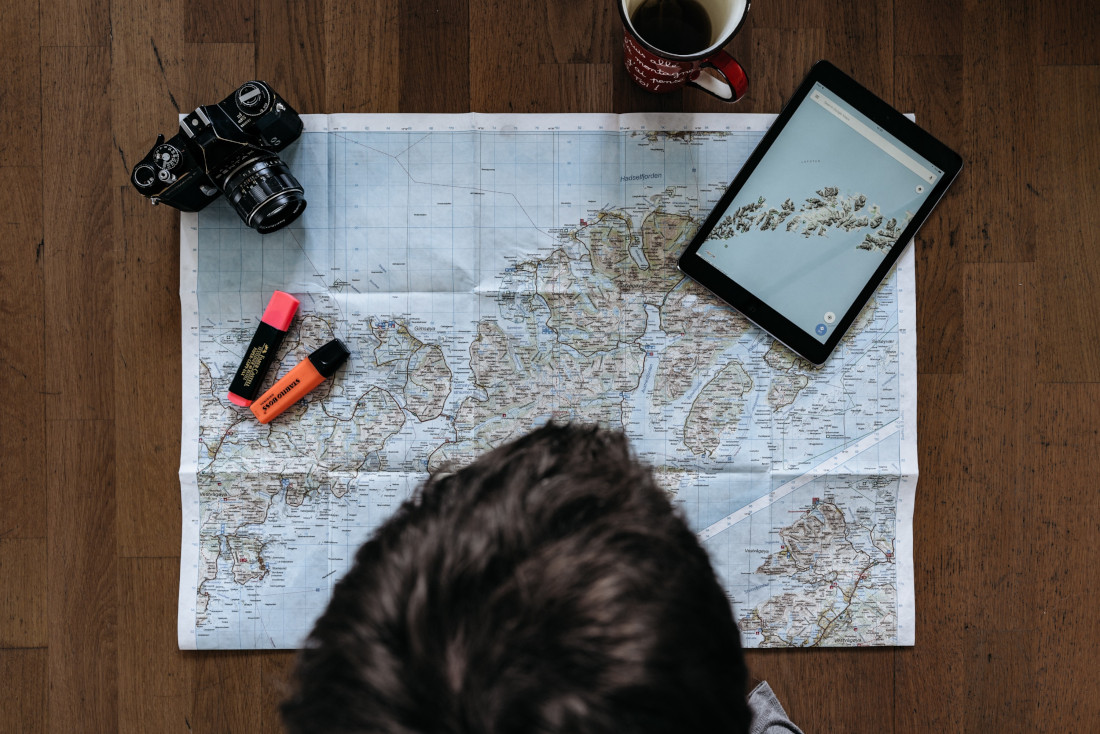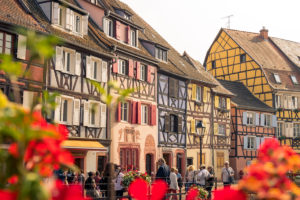So you might already know how to plan an exciting trip. You learned what steps you should take to create a failproof itinerary.
But how can you actually know if your planning is really 100% effective? In this article, I list 9 features of an excellently planned trip. Checking them out will help you make sure that your plan doesn’t have any loose ends.
This post is a part of the Travel Planning Series.
You can find more clever tips on how to plan your next trip by clicking here.
And if you’re looking for some more advanced travel planning tips, download my cheat sheet by signing up below!
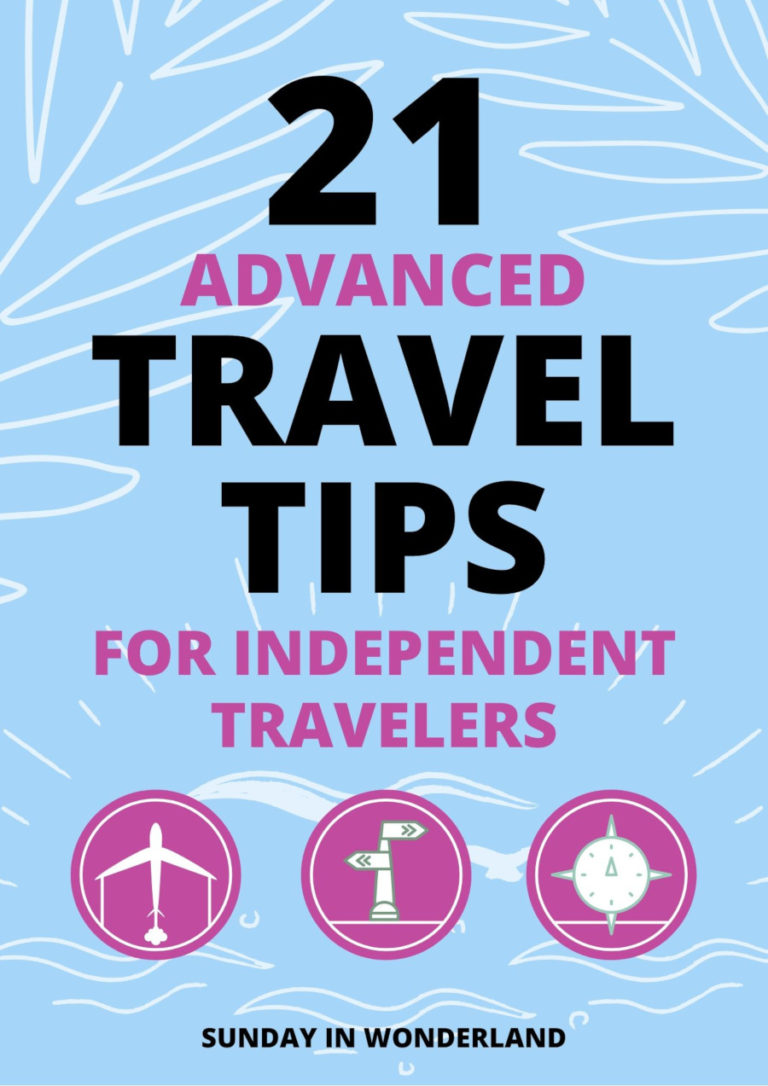
Download the free list of
21 Advanced Travel Tips
and improve your travel planning process
with these easy steps!
Thank you!
Now check your inbox and confirm your email. Remember to check out the SPAM folder as well.
Disclaimer: This post contains some affiliate links. That means that if you click on them or make any purchase via them, I receive a small commission. But don’t worry, this will not cost you anything and in a few cases, you can even receive a special discount! And I will still be able to chase my dreams. So thank you!
#1 A perfect trip has a common travel goal
First of all, when you plan a trip for a group of people like your friends or family, you should take into consideration the particular needs of all of your travel companions. Everyone should be aware of your common travel goal.
You should either invite for a trip people who like to spend the time the same way as you do, or plan some separate activities for any companion of different interests.
If you want to make intensive treks every day, you’d better notify the rest of your crew about it. Maybe some of them would prefer to spend time chilling at the swimming pool.
And remember that it’s ok to separate. You can share itinerary and accommodation with your travel companions but it’s totally fine if one part of a group visits a local national museum while the other one has fun at the beach.
The main purpose for everyone is to create nice memories and enjoy their precious time in a way they like.
#2 It’s flexibly scheduled
There’s nothing worst than arriving at the destination and not knowing what to visit first. That’s why planning itineraries before leaving home is so important.
When I plan a schedule of visiting a new place, the first thing I do is research on the spots and attractions I would like to visit in a given destination. When the list is ready, I fairly estimate how many time each place requires from me. Climbing Eiffel Tower by elevator takes only a few minutes but you should remember to add some time spent in a queue on the ground.
The next step is to open Google Maps and put the activities in a “day trip packages”. You gather attractions that are close to each other and plan to visit them all on the same day to save some time on moving around.
Then you adjust ready packages to your full itinerary. I like to mix the daily packages according to their type, for example: one day of trekking and exploring nature, then one day of enjoying the city life and museums, and later a relaxing day on a beach.
Thanks to this system, you can adjust your itinerary to the current situation and switch days if it’s needed. But you won’t lose your organized schedule.
#3 It has space for unexpected events
While you follow step #2 keep in mind the word “flexibility”. Filling up your daily schedules with activities up to every single minute is a simple way to fail.
Do not overload your itinerary. Leave even up to a few hours unscheduled. This spare time is your emergency pillow when something gets complicated. A traffic jam, a local strike, queues bigger than you expected, or a longer than assumed break after the exhausting trek. Here is where flexibility comes with help.
Also, you can use these spare hours to enjoy your trip even more. You can spend some more free time wandering among the narrow streets, relaxing and contemplating the views, or even having a longer chill evening supper and rest after a crazy day.
Read more: 30+ Worst Travel Planning Mistakes That Ruin Your Fabulous Vacation
#4 It’s preceded by local habits and logistic research
Going to a place without knowing anything about it might be adventurous and exciting. But on the other hand, the lack of knowledge might cause unpleasant situations.
You’d definitely want to know some popular travel scams before you visit a famous city. Being robbed or cheated will not end up with joyful memories.
Also, better do your homework before and get some knowledge about the logistics stuff: how to use public transportation, where to eat a delicious local meal, how to skip queues, or how to find some amazing local gems that tourists do not visit that often. Good itinerary planning is key here.
#5 It has an exemplary trip budget
When we start to plan a trip, we are used to be thinking that flight tickets and accommodation are the biggest and the most important expenses. While it’s true, we should not underestimate all of the other costs that often can grow to a pretty high sum.
Local bus/metro tickets, taxis, restaurants, snacks, museum entrances, attractions fees, tips, and even souvenirs maybe do not cost a lot separately. When you sum it up, the overall cost might surprise you.
That’s why it’s so important to create at least a rough travel budget and enclose there all of the mentioned expenses. On the Internet, you can find many sources of trip costs. You can also take a look at websites like Numbeo to check the average prices for items from different fields of living in various cities all around the world.
And here’s a pro tip: always add at least 10% to your rough travel budget. In case you’ll have unexpected costs, you’ll meet some emergency money to spend and still feel safe.
Psst. On my trips, I like to use the multicurrency Revolut card to save some money on the exchange rate. Here you can read my review of it.
#6 It secures you in emergency situations
Travel planning should not be only limited to pleasant lists of things you want to visit. You should also take a cool look at potential emergency situations and dangers.
You should though always remember about the steps like:
- saving the phone numbers to your embassy and local emergency department
- making photocopies of your passport and other documents
- purchasing a travel insurance
- getting vaccinated and securing yourself with access to necessary medicaments
Also, remember to cleverly protect your money and precious belongings. Leaving a copy of your itinerary at home for your friends and family also is a good idea.
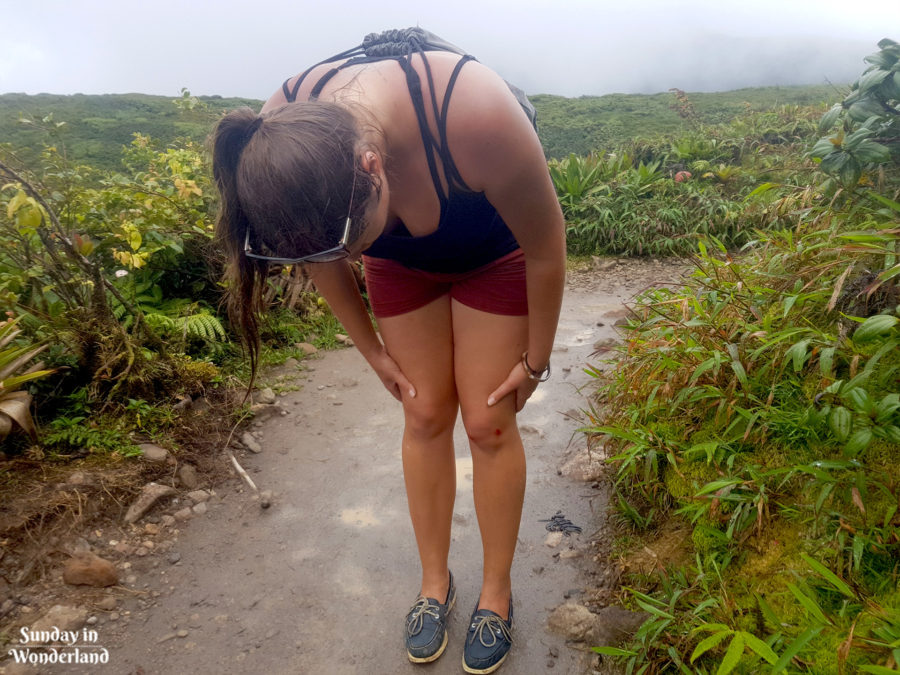

#7 It’s preceded by adequate preparations
The perfectly planned trip should be preceded by proper… planning. No matter how silly it sounds, you should remember to plan not only itineraries but also some other stuff.
The most essential thing is the packing list. A good checklist will help you pack your suitcase or backpack and will give you a certainty that you remembered everything. You’ll also keep control of packing only items that you will really need during your trip.
Another super useful tool is a list of things to do before leaving home for a trip. By preparing it, you’ll be sure to remember about all of the little things you must do: purchase insurance, supply with medicaments, ask a neighbor to water your plants, fully charge your electronics, and make some space on your camera’s SSD card still filled with pictures from your previous trip.
#8 It’s backed up
Your scrupulously considered plans might be quickly forgotten if you allow them to exist only in your head. The best way to keep your travel planning efficient is to gather it up in the form of travel planner.
You can write down all of your ideas on your computer or on paper. The most important thing is to create a physical version of your trip itinerary, local tips, notes, road trips, and packing lists. Otherwise, you might forget some significant things.
If you don’t know how to create an effective travel planner, don’t worry. On the Internet, you will find many templates ready for you to fill up. You can find one of them in my own blog shop. My Travel Planner consists of printable pages that will help you plan your next trip in an easy and organized way.
See the Travel Planner from Sunday In Wonderland →
#9 It’s wrapped in a positive mindset
I know how overwhelming travel planning might be. After a brainstorm filled with bus schedules, museum queues, opening hours, documents, and maps you might feel exhausted. And even a little bit scared.
So the most important feature of an ideal travel planning process is enthusiasm. You should always have in mind the goal of your trip which is happy spending time on a journey.
So after a long travel planning session, you should reward yourself with a fresh dose of inspiration. Browse some photos from your destination on Instagram, watch some inspiring travel movies on Youtube, or even find some more awesome travel ideas on Pinterest. Keeping the childish enthusiasm is a huge and useful thing. It makes travel planning way too easier!
Wanna become better in travel planning?
In my travel planning section on the blog, you’ll find many more super useful articles to help you become a master of travel planning.
And remember to download advanced travel planning tips by subscribing below!



Download the free list of
21 Advanced Travel Tips
and improve your travel planning process
with these easy steps!
Thank you!
Now check your inbox and confirm your email. Remember to check out the SPAM folder as well.
Looking for some more travel planning articles?
- 13 Ways You Lose Your Money With Poorly Planned Travel
- How to Travel Without Leaving Home? 19 Brilliant Ideas to Indulge Wanderlust
- 10 Hilarious Travel Fails by Travel Bloggers You Shouldn’t Repeat
Like it? Pin it!
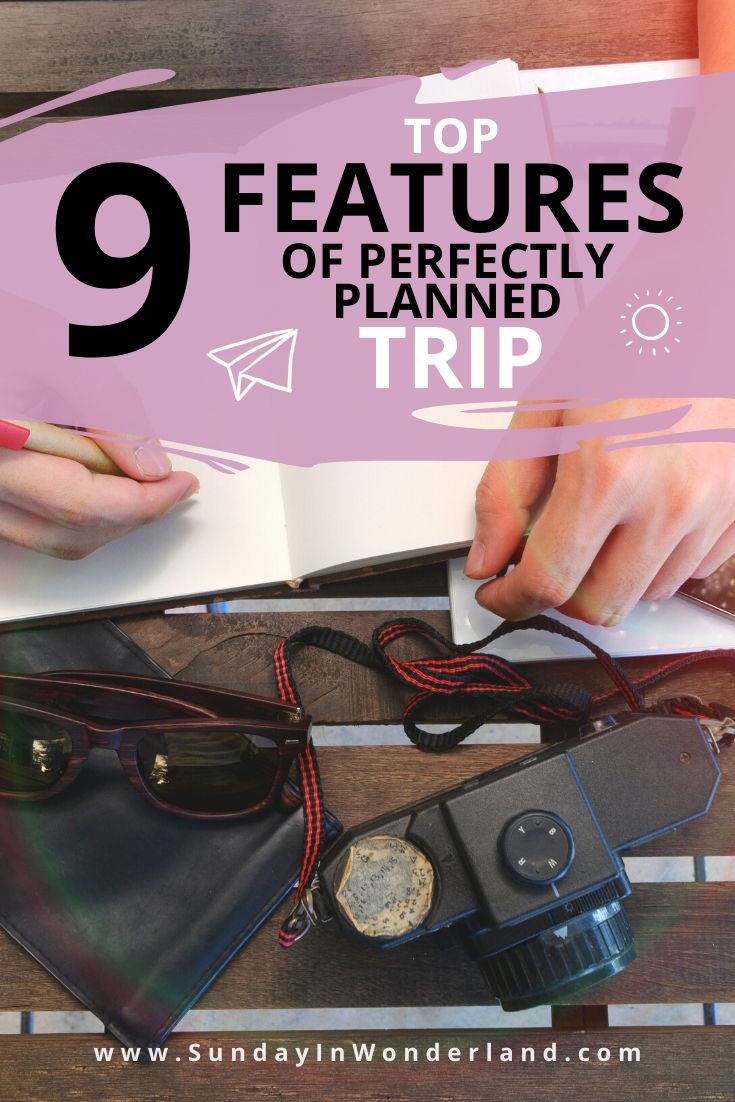



Dominika is a founder of Sunday In Wonderland and she recently switched her life to be local independent. She aims to travel the world and admire all of its wonders. She is much focused on sustainable life, self-development and making this world a better place.

